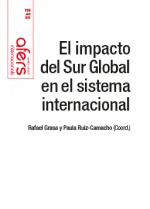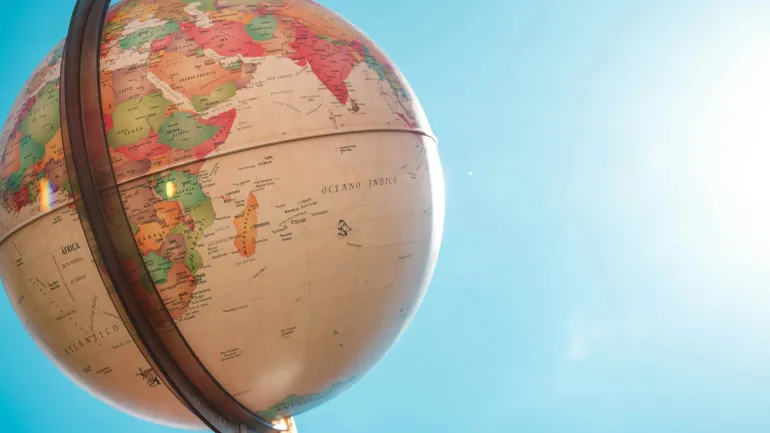Changes in national power in the Global South: examining the World Power Index (1992-2022)


Daniel Morales Ruvalcaba, profesor asociado, Sun Yat-sen University (China). demgdl@gmail.com. ORCID: https://orcid.org/0000-0002-4304-3831
This paper examines the evolution of national power in the Global South between 1992 and 2022, using the World Power Index (WPI) as a quantitative and longitudinal measuring tool. A synchronic analysis at four key moments – 1992, 2001, 2010 and 2022 – identifies two main dynamics: first, patterns of concentration with the rise of the BRICS bloc (headed by China) and, less prominently, countries such as Saudi Arabia, Mexico, the United Arab Emirates and Argentina; and second, patterns of dispersion, revealing significant falls in regions such as sub-Saharan Africa, the Pacific Islands, Central America and the Caribbean. The results reflect both the dynamism and unevenness of the distribution of national power. The study fills a gap in the literature by providing an empirical and systematic analysis of the development of national power in the Global South since the end of the Cold War.
Keywords: national power, Global South, World Power Index, multipolarity, BRICS
How to cite this article: Morales Ruvalcaba, Daniel. «Transformaciones del poder nacional en el Sur Global: un análisis desde el World Power Index (1992-2022)». Revista CIDOB d’Afers Internacionals, n.º 139 (abril de 2025), p. 51-75 . DOI: doi.org/10.24241/rcai.2025.139.1.51
Revista CIDOB d’Afers Internacionals, nº 139, p. 51-75
Quadrimestral (January-April 2025)
ISSN:1133-6595 | E-ISSN:2013-035X
DOI: https://doi.org/10.24241/rcai.2025.139.1.51
Reception date: 14.10.24 ; Acceptance date: 15.01.25
>> The full text articles of this issue are available only in Spanish language